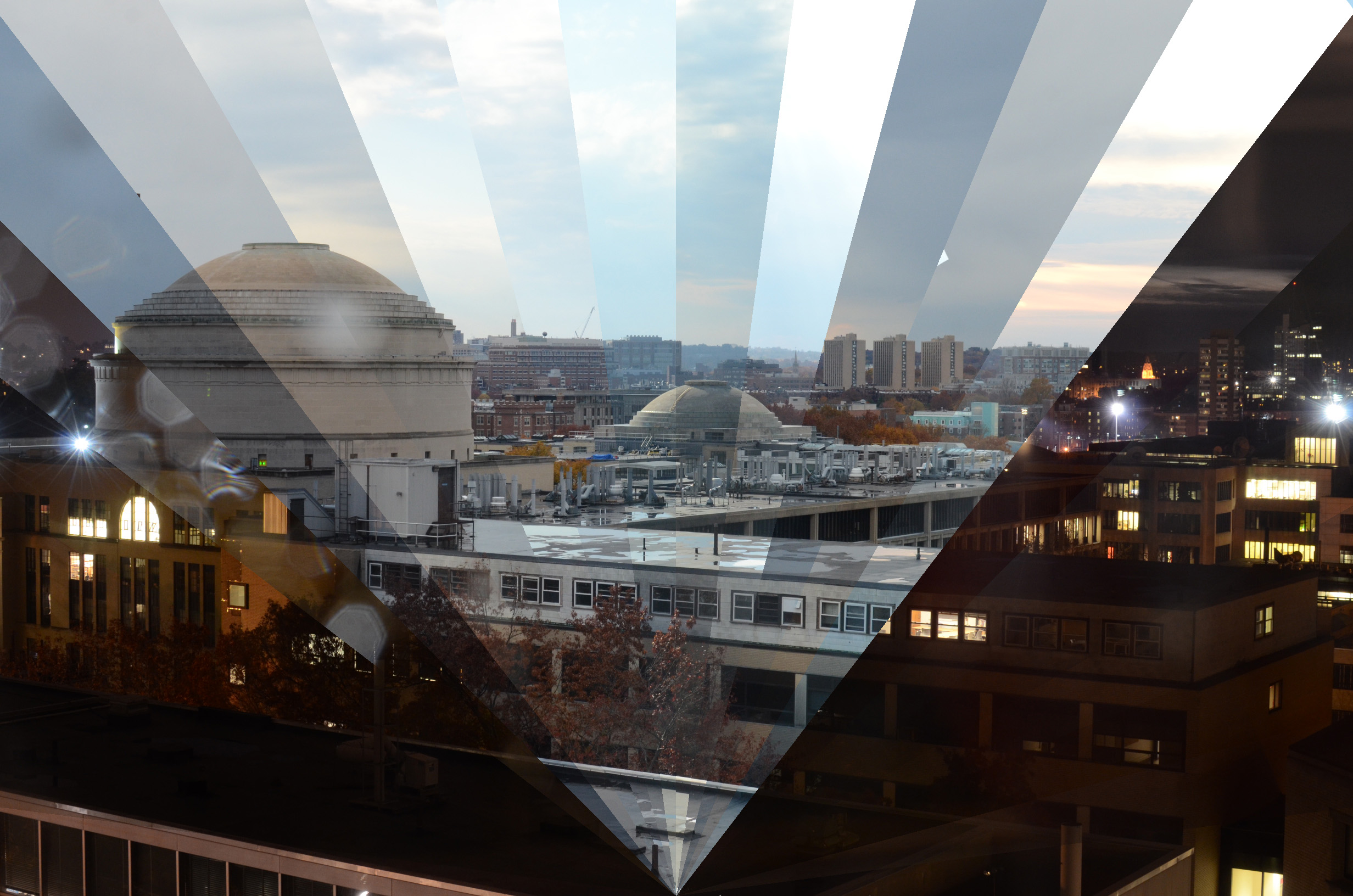
Wisps of steam rise from a coffee cup. A yellow yolk oozes from a cracked egg. An industrial water jet pumps out high-pressure beams of liquid. These are photographs from the new student exhibit, “Process,” now on display at the Weisner Student Art Gallery. The exhibit is the culmination of the pilot course “Objective Narratives: Portraits of Science Through Material Culture and Photography,” taught by Ellan Spero, a doctoral student in the Science, Technology, and Society program, and sponsored by the Center for Art, Science & Technology (CAST) and the first-year Concourse program.
The goal of the course was to teach students how to leverage the power of photography to reflect, observe, and communicate more thoughtfully about the material world around them. “I think photography is a really great tool because it’s a really conscious process of thinking about what you’re seeing, and thinking about how to communicate what you observe to other people,” Spero says.
Along the way, students picked up tips from photographers Felice Frankel, Essdras Suarez, and Jan Kostecki through a series of inspiring and informative guest lectures. MIT Museum curator Deborah Douglas also toured students through the Museum’s impressive collection of photography. Each delivered an important lesson on the art of seeing. “The goal of the class is to articulate things that get hidden in an everyday landscape of science and technology,” Spero says, pointing to how the exhibit engages those aspects of daily life at their most ephemeral or intangible– the passing of time, for example.
Melissa Schumacher, a doctoral student in philosophy, documented time at different scales, on the order of ten seconds. Inspired by the iconic Charles and Ray Eames film, “Powers of Ten,” Schumacher snapped pictures of phenomena occurring in the span of 1000 seconds, 10,000 seconds, and 1,000,000 seconds — from a few hours to a few days. The subjects include a cracked egg, the sun rising over Cambridge, and slowly growing fingernails. “There’s a lot more going on around us than we realize normally,” Schumacher says, “and sometimes it takes having a picture there to really force you to look at it.”
“I don’t really think too much about the machines that I use. I think, ‘oh, it’s a laser cutter,’ or ‘oh, it’s a water jet’ and never about the parts and the way they come together,” says Kylie Kawano, a senior at MIT studying architecture. For her project, Kawano captured the hidden beauty of the OMAX Water Jet machine in MIT’s rapid prototyping lab, an industrial machine used to cut a variety of materials. “Even the most mundane things [about the machine] are very interesting in their own right,” she says.
Emily Kellison-Linn, a sophomore in computer science, photographed the often ethereal processes of evaporation, the curls of steam piping from vents and the drying marks on a chalkboard. “It’s challenging to explore an invisible physical process that occurs on the microscopic level,” she notes in her artist statement. And so instead she has captured what is left behind: the beautiful, yet evanescent, patterns left by water as it slowly disappears. “I’m interested in how I can bring my artistic interests towards the technical side of MIT, so this class just jumped out to me, like ‘wow, that’s what I’ve been looking for,” says Kellison-Linn.
What the exhibit reveals is that photography can provide a new way of looking and perceiving the world, catalyzing a heightened mode of attention to our surrounding environment. It also shows how images can be most meaningfully employed to tell important stories about the physical world. “One of my intentions for this class was to have moments of pause, to have moments of focus,” Spero says, “to use photography as a another tool to say, ‘this part right here is what I think is special, and this is why.”
